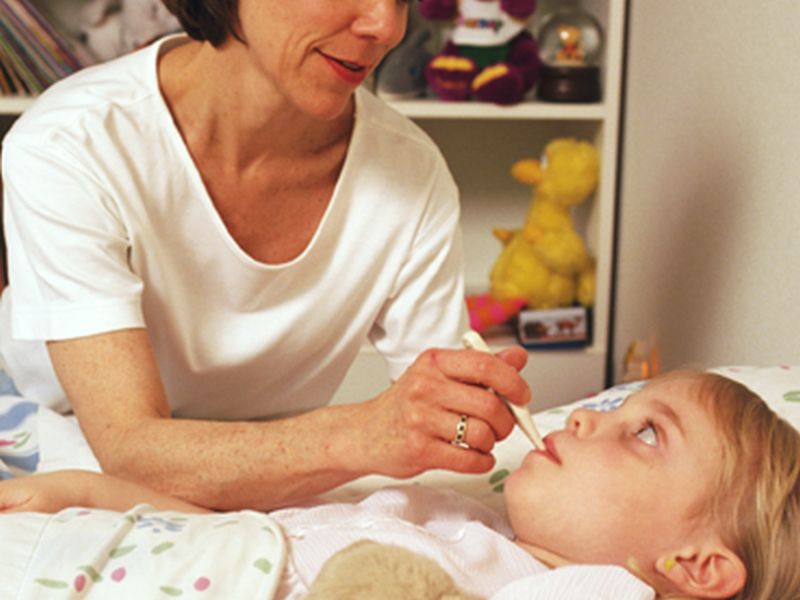Kids Can Get UTIs, Too
By Len CanterHealthDay Reporter

TUESDAY, April 16, 2019 (HealthDay News) -- Adults aren't the only ones susceptible to urinary tract infections, or UTIs. They can occur in kids, even infants, if bacteria get into the urinary tract, often from the bowel.
Any child can get a UTI. But some kids are more prone than others, and girls get them more often than boys.
A UTI doesn't always cause symptoms, and a very young child can't voice his or her discomfort. Be on the lookout for these common signs.
Under Age 2
- Fever -- call your doctor if your baby has a fever of 100.4 degrees or higher.
- Vomiting or diarrhea.
- Acting irritable.
- Not wanting to eat.
Older Kids
- Pain or burning while urinating.
- Urinating or trying to urinate often.
- Urine that's a strange color and/or smells bad.
- Pain in the lower back or lower abdomen.
- Fever.
Once an infection is confirmed with a urine test, antibiotics will knock it out. Be sure you give all the medication as directed.
Though the average UTI isn't serious, not getting prompt treatment can be. That's why most doctors will have you start antibiotics even before getting results of a urine test. Just a two- or three-day delay in treatment can harm the kidneys.
To help avoid UTIs, make sure kids go to the bathroom when they need to and talk to them about not holding their urine. See to it that they drink plenty of fluids -- remember that urine flushes out harmful bacteria.
More information
The U.S. National Institute of Diabetes and Digestive and Kidney Diseases has more on UTIs in kids, from causes to treatments.

The news stories provided in Health News and our Health-E News Newsletter are a service of the nationally syndicated HealthDay® news and information company. Stories refer to national trends and breaking health news, and are not necessarily indicative of or always supported by our facility and providers. This information is provided for informational and educational purposes only, and is not intended to be a substitute for medical advice, diagnosis, or treatment.

